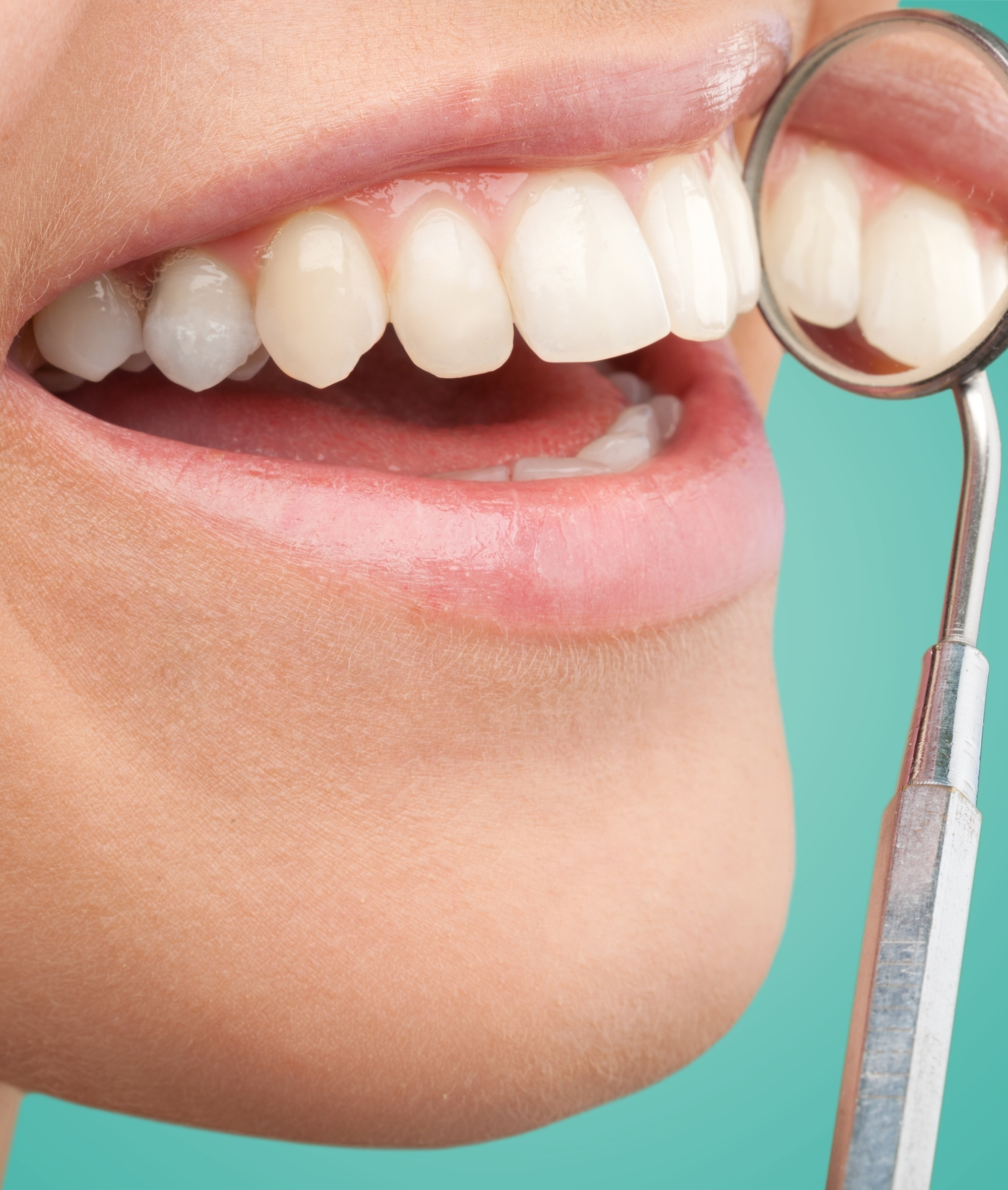Project Description
Part of your regular check-up
What is Gingivitis?
Gingivitis is the first stage of gum disease. Gingivitis is a relatively mild and common condition in which pockets form between the gums and teeth due to plaque and tartar, but that doesn’t mean that it should be ignored. In fact, if you do not address gingivitis in a timely manner, it will progress to a more serious stage: periodontal disease and advanced periodontitis, which could eventually lead to you losing your teeth.
Some of the symptoms of gingivitis include:
- Inflamed, painful gums
- Gums that are dark red in color
- Frequent bleeding when brushing and flossing
- Smelly breath
- Gums that are receding back from the teeth
How is Gingivitis Treated?
Since gingivitis is most commonly caused by poor dental hygiene habits, the Stiles Dental Care team will give you recommendations on boosting your brushing and flossing. You should be brushing your teeth at least twice every day. Any less leaves the door open to cavities, gingivitis, and other conditions. Flossing regularly will also help reduce the symptoms of gingivitis, so if you bleed when you first start, don’t give up. Gradually, the symptoms will lessen until they go away completely.
Gingivitis is highly curable. The trick is getting into the office before it gets worse — and making the changes in your dental habits to help reverse its course.
What is Periodontitis?
Periodontitis is another name for gum disease. This form of the disease is much more serious than its beginning form, gingivitis. During this stage, the infection can destroy the soft tissue of your gums. This can lead to bone loss, loosening your teeth or even causing them to fall out completely if you do not address this issue.
Some signals that you might be dealing with periodontitis include many of the same symptoms as gingivitis, such as:
- Swollen and tender gums
- Red or purple gums
- Gums that bleed easily, and a pink-bristled toothbrush after brushing
- Spitting blood after flossing
- Bad breath
- Loose teeth
- Pain when chewing, and a change in bite fit
- Receding gums
- Complete loss of one or more teeth
- Pus present between teeth and gums
How is Periodontitis Treated?
The best defense of periodontitis is a good offense — regular brushing and flossing. These steps can help you from ever developing gum disease. If you do have periodontitis, though, the first step is getting yourself to the dentist. We’re here to help you get better, and will take the steps to clean your teeth thoroughly and address the issue through education and more regular appointments.
What is Advanced Periodontitis?
Advanced periodontitis is the stage in gum disease in which your oral health is greatly affected. You may be losing teeth at this point, or your body may be negatively impacted in other ways. We will work closely with you to ensure that good dental habits are being practiced when you are at home, and we may request to see you more often than every six months to address this condition.
It is worth repeating that even advanced periodontitis is treatable. There is no reason to continue to suffer through the symptoms of this disease, particularly when good help is available.
What Treatments Are Available for Advanced Periodontitis?
When you are in the dental chair for your treatment appointment, we will assess the severity of your case of advanced periodontitis. There are several paths of actions we can take depending on what we find, including:
Scaling and root planing: This treatment is nonsurgical and straightforward. We will use tools to scrape away the plaque and tartar on your teeth, which are the culprits behind gum disease. We will smooth your roots to ensure that the bad bacteria doesn’t make a home for itself there again. If all goes according to plan, your gums will heal and reattach to your teeth.
Pocket reduction procedure: This surgical treatment folds back your gum tissue to chase down the bad bacteria and smooth down the bone so your gums can reattach.
Gum grafts: This surgical procedure includes taking gum tissue from another part of your mouth and adding it to cover up a problem area around the exposed roots of your teeth.
Regenerative procedures: This surgical treatment entails taking a real or synthetic bone and placing it to stimulate the bone that has been destroyed by gum disease.
It is increasingly important to address advanced periodontitis, particularly with recent multiple studies that suggest the health of our body is tied to the health of our mouths. The bacteria present in gum disease has also been found in diseases and conditions elsewhere in the body, predicting a link between the two.
Have you noticed bleeding when you brush or floss, or bad breath — two signs of gingivitis and gum disease? Call Stiles Dental Care today at 609-654-0033.
“The quality of knowledge, care and experience you receive from Dr. Stiles and his entire staff is second to none. From the moment you walk into the office till the moment you leave, you are made to feel that you are the most important patient there.”
“I have been going to see Dr. Stiles and his staff since I was a little girl. In all the years that I have been a patient, I have never had a back experience, have always received the best treatment, and am always treated like family.”
“I just had my first dentist app that with Dr. Stiles and his staff. They were very thorough and detailed. They took the time and attention throughout my visit. I would highly recommend for dental care.”

